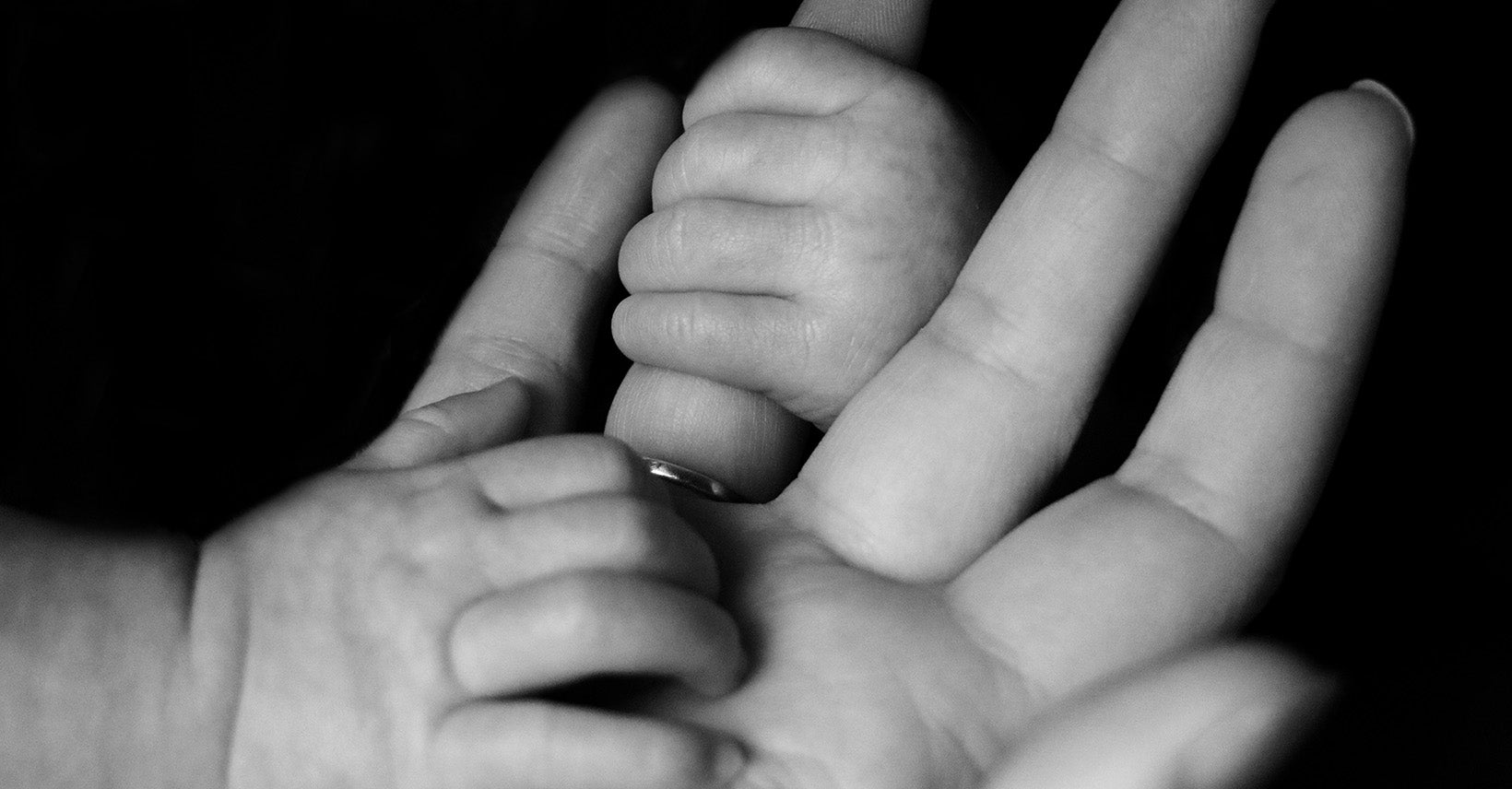


When babies are born, they have a set of conditioned reflexes that help them survive and interact in the new environment. These reflexes are automatic responses to specific stimuli that include actions such as sucking, grasping, and startle reflexes. Each of these reflexes plays a vital role in a baby's early development, ensuring that they can react to sudden changes in their surroundings. Understanding these natural reflexes can help parents understand their babies' needs and development.
Today, I will list six baby reflexes for your reference.
The rooting reflex refers to a baby's natural tendency to turn its head in the direction of anything that strokes its cheek or mouth. This reflex helps them find their mom's nipple or bottle to start feeding. When babies feel this touch, they automatically open their mouths and begin a sucking motion.
The rooting reflex is vital to the survival of the newborn baby and ensures that he or she sucks and feeds effectively.
The rooting reflex is present from birth and usually disappears by about four months of age.

The startle reflex, also known as the Moro reflex, is an automatic response in infants to sudden loud noises or falling. When startled, infants extend their arms and legs, arch their backs, and then quickly retract their limbs. The startle reflex is always thought to be a protective mechanism that helps infants react to potential threats in their environment.
This startle reflex occurs when the infant is born and usually disappears around six months of age.

The sucking reflex is an instinct that occurs when something touches a baby's mouth. This reflex is vital for feeding as it helps the baby to draw milk from the breast or bottle. The sucking reflex not only ensures that babies get the nutrients they need but also provides comfort and helps them self-soothe. As infants grow and mature, the sucking reflex usually becomes more autonomous.
The sucking reflex is present from birth and lasts until 4 months old.

The "fencing reflex", also known as the tonic neck reflex, is a reflexive response that happens when the head of a newborn is rotated to one side. When an infant's head is turned to one side, the arm on that side is straightened while the arm on the other side is bent at the elbow.
This reflex is named because the infant's posture is like a fencer. The tonic neck reflex helps your baby develop hand-eye coordination, it is one of several reflexes that show normal neurological development in infants.
The tonic neck reflex usually disappears by six months of age

The grasping reflex is an automatic response in newborns when something touches their palms or hands. When this happens, the infant instinctively grips the object tightly with fingers. The grasping reflex is important to the parent-child relationship because it allows the baby to grasp the parent's fingers and establish early interaction and bonding.
The grasp reflex is present from birth and usually begins to disappear at five to six months of age.

The stepping reflex is an automatic response observed in babies when their feet touch a solid surface in an upright position. The baby makes a walking motion with its legs as if it were about to take a step. This is an early sign of motor development and prepares babies for future walking. The stepping reflex shows that babies’ nervous systems and muscles are working together at a very young age.
The stepping reflex is present from birth and usually disappears by about two months of age.

Learning the various conditioned reflexes that babies are born with can provide a better understanding of their early development and health.
From the rooting and sucking reflexes, which aid in feeding, to the startle reflex, neck toning reflex, grasping reflex, and stepping reflex, which indicates neurological and motor function, each reflex plays a vital role in the life of a newborn.
All babies’ reflexes are signs of a healthy nervous system and are vital to the survival and growth of the baby. Observing these reflexes helps parents ensure that their babies’ development is on track and can give them peace of mind during the first few months of life.

Lily Hou
An expert in sleep sack design, is a valued contributor to Kaiya Baby's blog. With a strong background in baby sleep bags and maternal care, she is highly regarded for her professionalism. Lily prioritizes baby comfort and safety in her designs, using high-quality materials. Her insightful articles on sleep bags have been featured in reputable publications and have gained a significant readership. Trust Lily to help you create a comfortable and safe sleep environment for your baby, backed by her proven track record in the industry.
Leave a comment
This site is protected by hCaptcha and the hCaptcha Privacy Policy and Terms of Service apply.